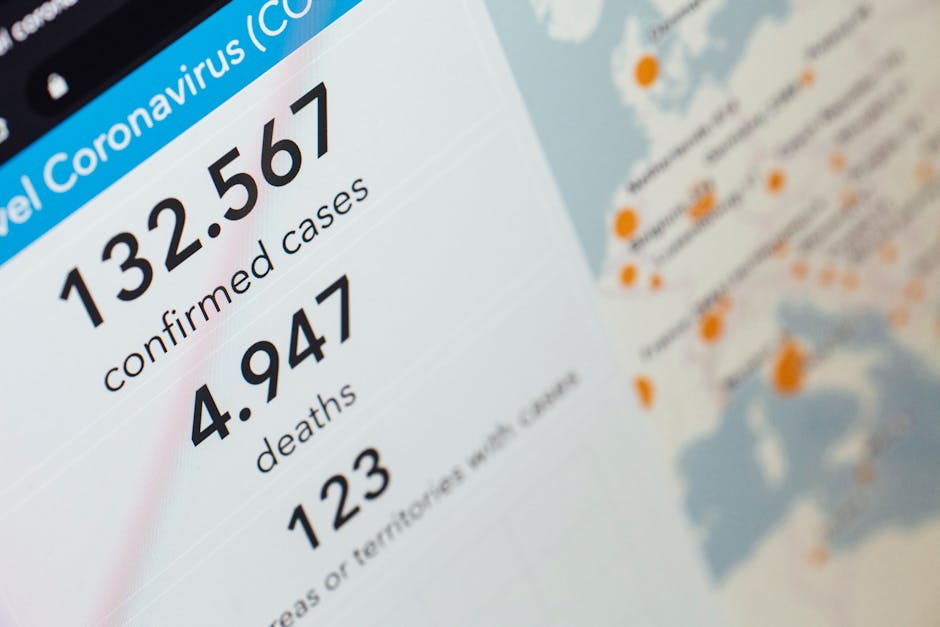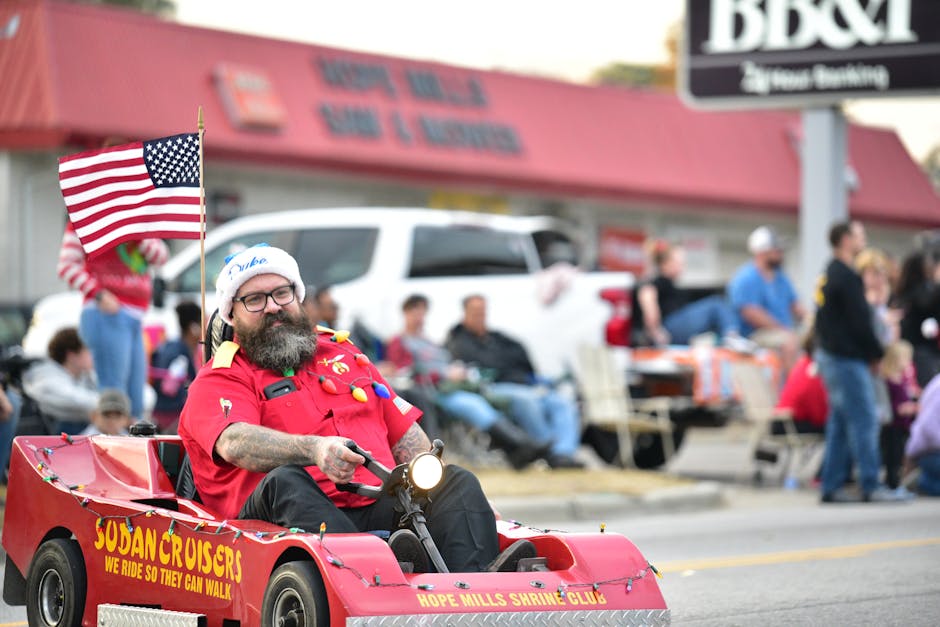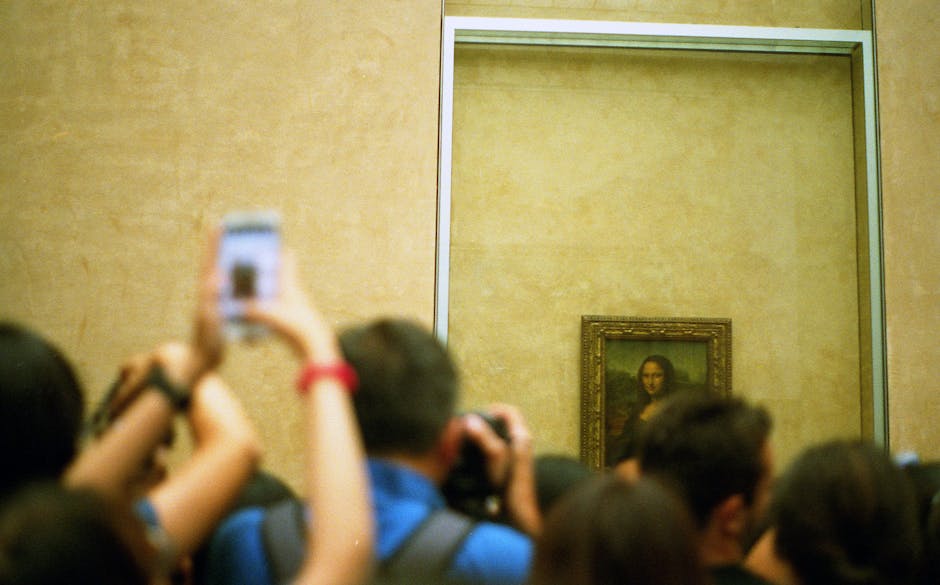**
The rhythmic clatter of a train is a sound deeply embedded in the Indian consciousness. For millions, Indian Railways is more than transport; it’s the nation’s lifeline, connecting a diverse country and fueling its economic engine. However, a shadow looms over this vital network. According to the latest data from the National Crime Records Bureau (NCRB), a staggering 21,663 people lost their lives in railway-related accidents across the country in 2023.
A Sobering Statistic: The Scale of Railway Fatalities
Let that number sink in. It’s not just a statistic; it’s an average of nearly 60 lives lost every single day. This grim figure, detailed in the NCRB’s annual ‘Accidental Deaths & Suicides in India’ report, serves as a sobering wake-up call, demanding urgent attention from both authorities and the public regarding railway safety.
What is Causing These Train-Related Deaths?
While major train collisions, like the tragic incident in Balasore, Odisha, capture national headlines, the NCRB data reveals a more pervasive and silent crisis. The vast majority of these fatalities are not from dramatic derailments but from a consistent, daily pattern of individual tragedies.
The report categorises these deaths primarily under:
* Falls from Trains / Collision with People on Track: This is the leading cause, accounting for the lion’s share of deaths.
* Accidents at Level Crossings: Though reduced, these remain a significant danger.
Trespassing on railway tracks is the single biggest contributor. In a densely populated country, tracks often cut through bustling settlements. People crossing tracks as a shortcut, often distracted by earphones, or simply misjudging an approaching train’s speed, contribute significantly to this daily death toll. This is compounded by overcrowding, where passengers travelling on footboards or hanging from doorways risk fatal falls.
Human Error and Infrastructure Gaps
The NCRB data paints a grim picture of a problem rooted in a complex mix of human error, infrastructural gaps, and a general lack of safety awareness. While Indian Railways has been actively working to eliminate unmanned level crossings—a notorious cause of accidents—the challenge of fencing off thousands of kilometres of track that run through populated areas remains immense.
The Path Forward: A Multi-Pronged Approach to Safety
The solution cannot be one-dimensional. It requires a multi-pronged approach that tackles both railway infrastructure and the human element.
- Infrastructure Upgrades: Authorities must accelerate the construction of Foot Over Bridges (FOBs), underpasses, and boundary walls, especially in high-density and vulnerable sections.
- Technological Investment: Continued investment in modern safety technology, like the ‘Kavach’ anti-collision system, is crucial for preventing major accidents. However, equal focus is needed to prevent these smaller, daily incidents.
- Public Awareness Campaigns: A massive, sustained public awareness campaign is the need of the hour. These campaigns must use powerful, relatable messaging to illustrate the life-altering consequences of trespassing or leaning out of a moving train.
Ultimately, these 21,000 deaths are a shared responsibility. They represent a collective failure of infrastructure, enforcement, and individual behaviour. For Indian Railways to truly be the nation’s lifeline, it must first and foremost be a safeline. Every life lost is a stark reminder that our journey towards a safer railway network is long, and we cannot afford to lose another minute.




